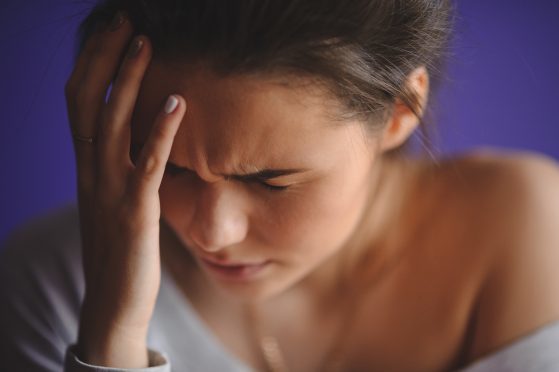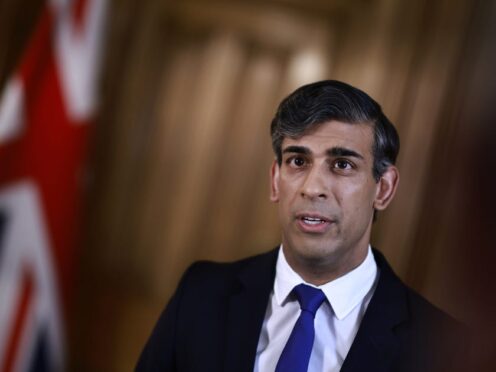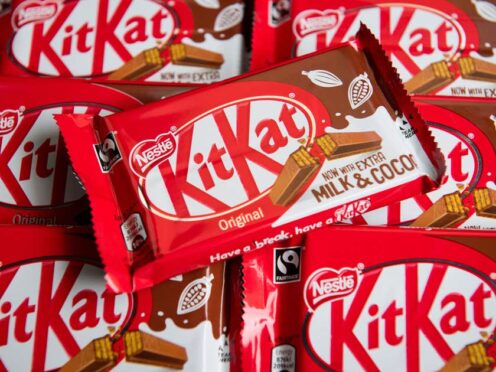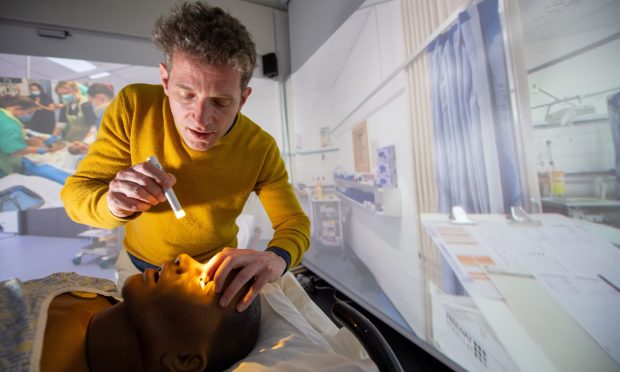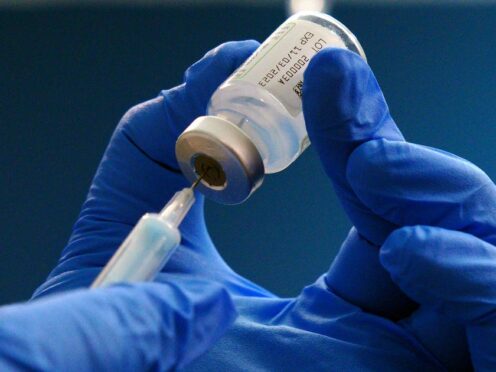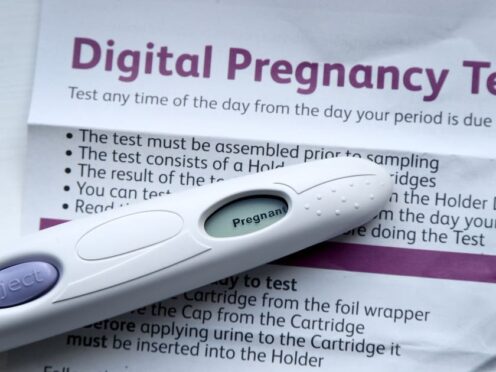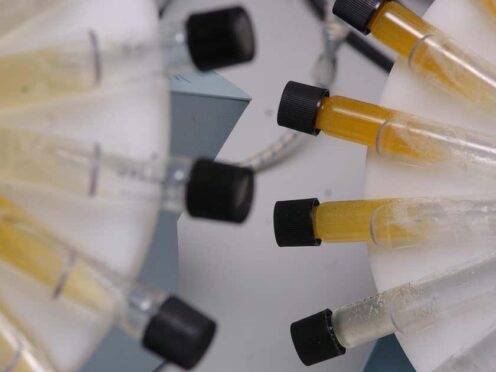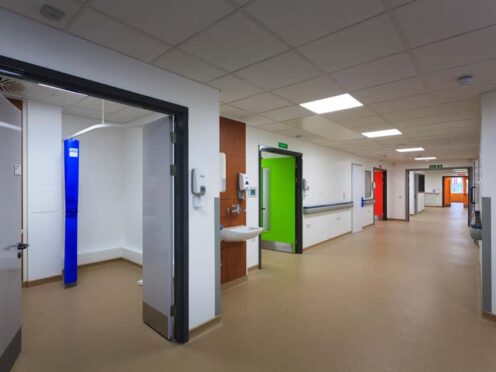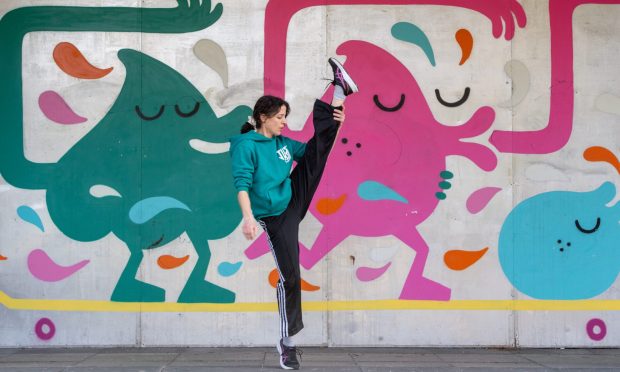Botox will be prescribed on the NHS in Scotland for the first time to treat patients with chronic migraine.
The move will see patients receive injections of the muscle-paralysing toxin on their face, head and neck every 12 weeks to prevent the onset of migraines and reduce pain.
It is thought that about 3,764 people in Scotland will be eligible for the treatment annually, at a cost of £1,380 per patient.
But the Scottish Medicines Consortium (SMC) expect the actual uptake to be about 83 patients in the first year, rising to 232 patients and a cost of £278,000 after five years.
Additional costs for specialist nurses to administer the injections are estimated at £119,000 in the first year rising to £335,000.
The decision to approve Botox for migraine treatment brings Scotland into line with the rest of the UK, and comes after two previous rejections by the SMC.
Patients in England and Wales have had access to the treatment since 2012.
Migraine sufferer Elaine Bell, 50, has been plagued with the condition all her life but found a breakthrough when she began funding Botox privately in January 2015.
She said: “After decades of missed family events, opportunities, work, education and social functions I am finally experiencing an overall improvement in the quality of my life and that of my family.”
Dr Alok Tyagi, a consultant neurologist at the Queen Elizabeth University Hospital in Glasgow, said: “The routine availability of this treatment will lead to a significantly improved quality of life for patients reducing their unnecessary suffering, use of NHS resources and days missed from work.”
Chronic migraines are defined as having at least 15 headaches per month lasting four or more hours, at least eight of which are migraine attacks.
As well as intense throbbing pain, symptoms can include visual distortions, nausea, vomiting or increased sensitivity to bright light, noise or smell.
Despite the toxin’s reputation as a “wrinkle-freezing” treatment popularised by celebrities, doctors have found it can be used to treat depression and severe neck spasms.
It has been suggested Botox may reduce blood pressure in the brain by relaxing muscles around the head or reduce the nerves’ ability to send pain signals during a migraine.
Hannah Verghese, advocacy, policy and campaigns manager at The Migraine Trust, said: “Increasing the number of treatment options for people with this highly debilitating and disabling condition offers the prospect of reduced pain, reduced social isolation and a greater quality of life.”
SMC chairman Professor Jonathan Fox said: “For those suffering with chronic migraine for which other treatments have not been effective, botulinum toxin type A (Botox) fulfils an unmet need.”
